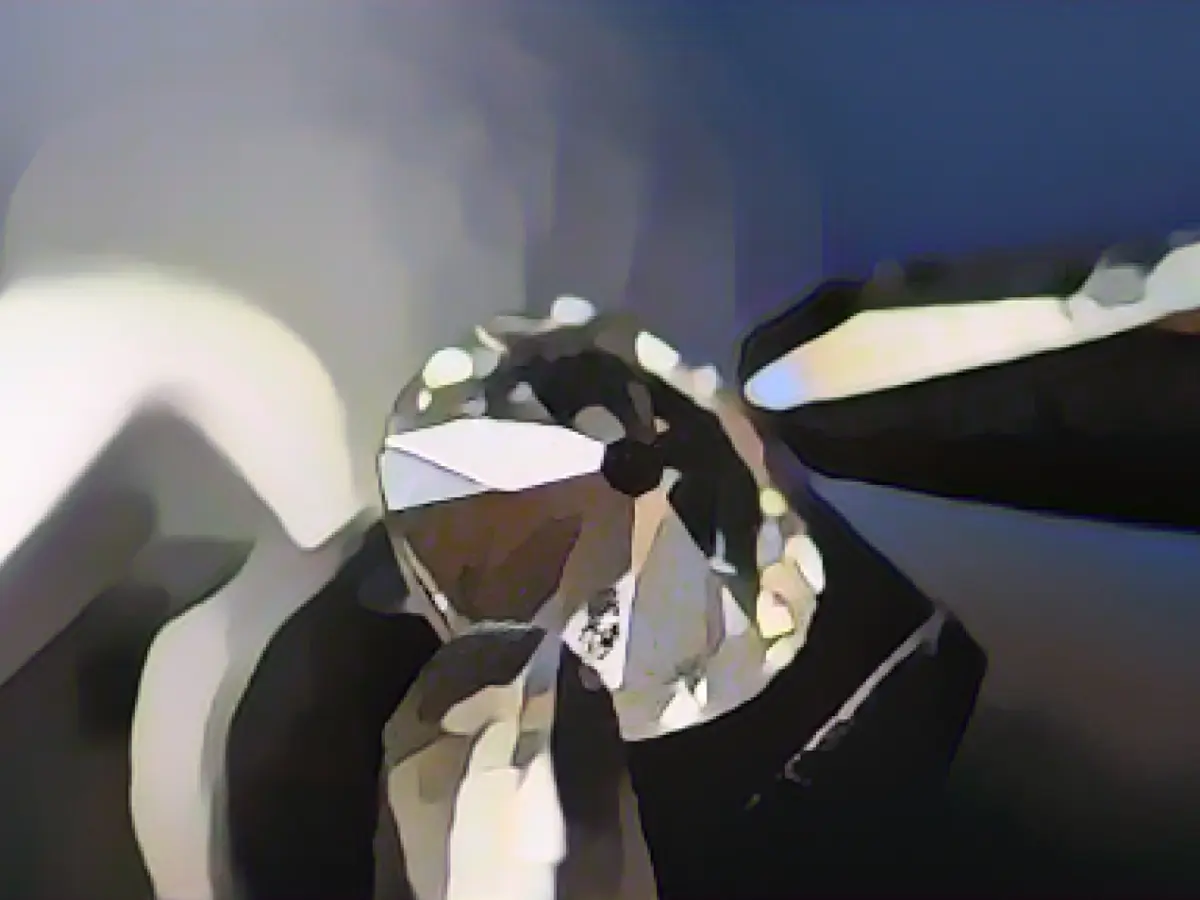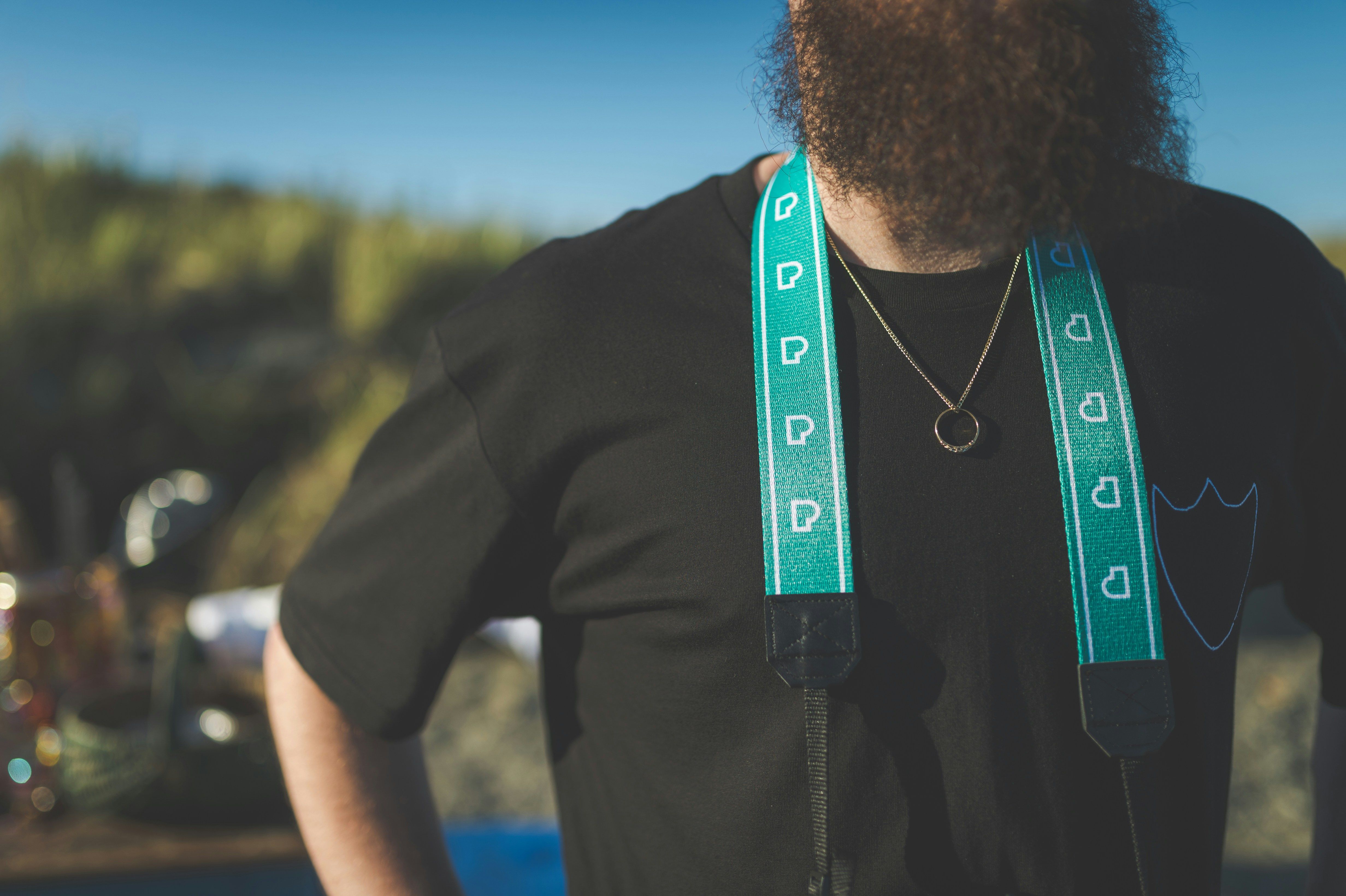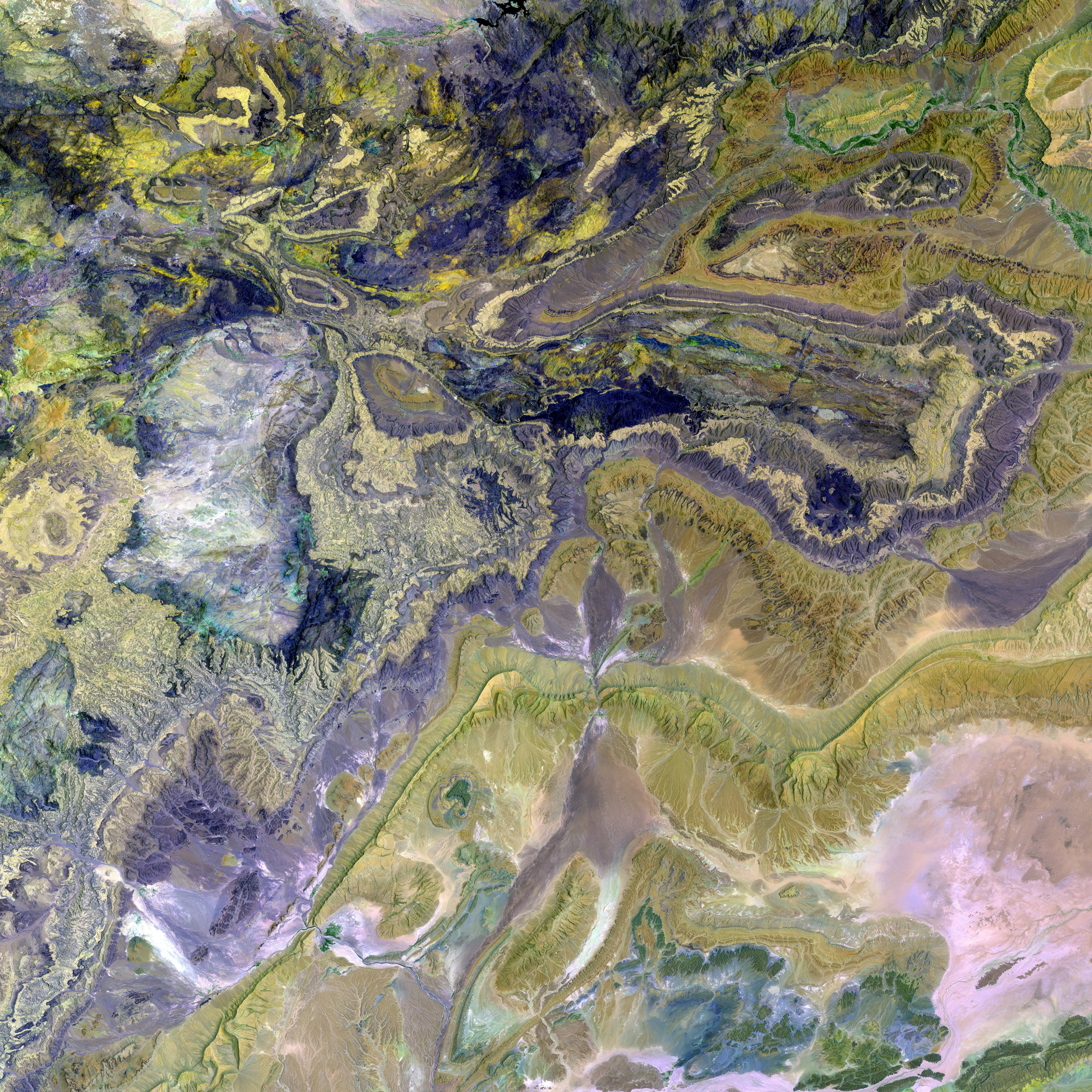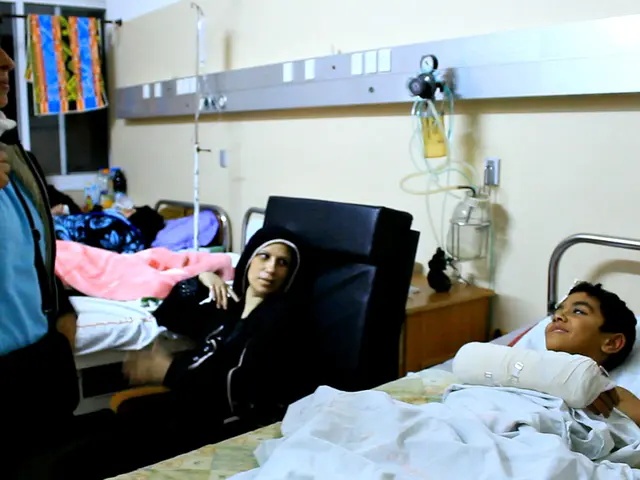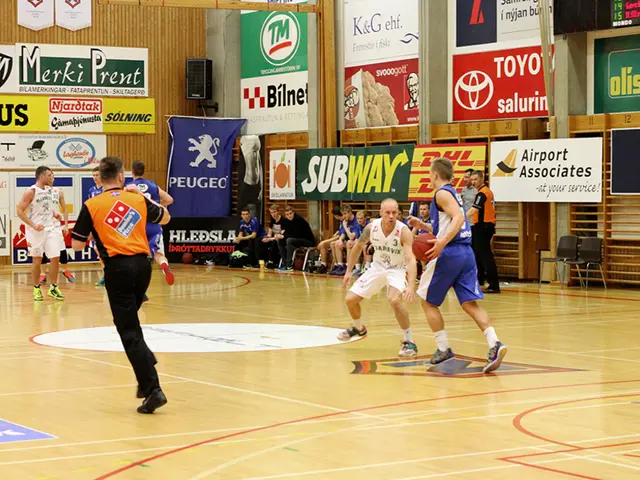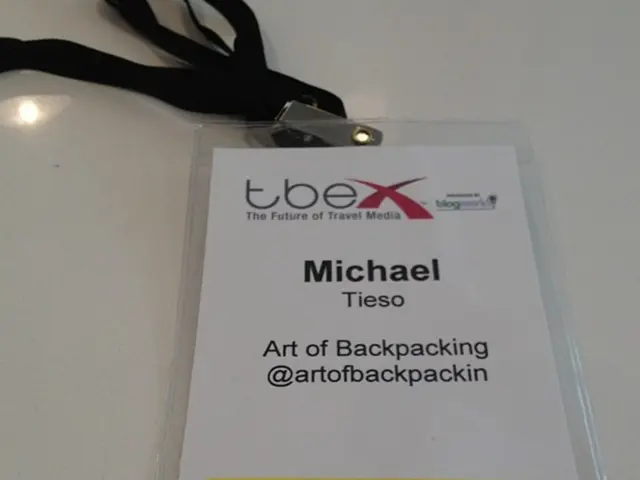EU Proposes Diamond Ban Against Russia Amidst War of Aggression
European Union states have decided to impose a future ban on the import of Russian diamonds and diamond jewelry, as part of a twelfth package of sanctions due to Moscow's ongoing war of aggression against Ukraine. The diamond ban is intended to deprive the Russian regime of a significant income source and limit its funding for the conflict.
Beginning on January 1, 20XX, direct imports of diamonds from Russia will be prohibited. Rough diamonds processed in third countries, such as India, will face a gradual phase-out by September 1, 20XX. The Group of Seven (G7) nations are working on setting up a verification and certification system for rough diamonds to trace their origin.
Additional Sanctions and Price Cap
In addition to the diamond ban, the EU's twelfth sanctions package includes tightening the price cap on Russian oil exports to third countries and trade restrictions on various goods, such as raw materials for steel production, aluminum products, and chemicals. There's also a new import ban on liquefied petroleum gas (LPG) from Russia, affecting more than €1 billion in annual imports.
Belgium's Resistance and Further Sanctions
Belgium's Flemish port city of Antwerp, a prominent diamond center since the 16th century, had initially resisted the diamond import ban due to its significant business involvement with Russia. However, the EU now plans sanctions against more than 140 individuals and organizations that support the Russian conflict in Ukraine.
Planning for Future Sanctions and Monitoring
The effectiveness of the oil price cap and various export restrictions are under review, with plans to tighten monitoring measures and documentation requirements to combat circumvention. While the price cap originally aimed to limit Russian oil sales to USD 60 per barrel, researchers at the Kyiv School of Economics suggest that over 99% of October's exports were sold above this threshold.
The goal is to relieve tensions on global energy markets, prevent Russia from profiting from oil price increases, and ultimately deplete its war chest. The EU's latest sanctions package, including the diamond and luxury goods ban, reflects the international community's increasingly decisive response to the ongoing Russian conflict in Ukraine.
Enrichment Data:
- The EU's twelfth package of sanctions includes a ban on the import of diamonds and other luxury goods from Russia, part of a broader strategy aimed at curtailing Russia's access to significant sources of revenue [1][4].
- The ban on luxury goods, including diamonds, is expected to reduce Russia's revenue from these high-value items, contributing to a larger strategy to restrict Russia's economic capacity [1][4].
- To enforce the oil price cap and combat circumvention, the EU intends to tighten monitoring measures and documentation requirements to improve international coordination and track illegal activities [4].
- In addition to the diamond ban, the EU has also imposed other sanctions, including restrictions on financial interactions, exclusion from public contracts, and prohibitions on the provision of banknotes and sale of securities [4].
- The EU's ongoing review and update of its sanctions packages reflect the evolving situation in Ukraine and aim to further isolate Russia economically and politically [4].
References:
[1] B.C. (20XX). EU States Ban Import of Diamonds from Russia due to War of Aggression against Ukraine. [Article]. Stern.eu.
[3] S.T. (20XX). EU Urges Industrialized Countries to Consider Import Ban on Luxury Goods from Russia. [Article]. Germany.info.
[4] S.S. (20XX). EU Announces Diamond and Luxury Goods Import Ban as Part of Sanctions Against Russia. [Article]. Europarl.europa.eu.
